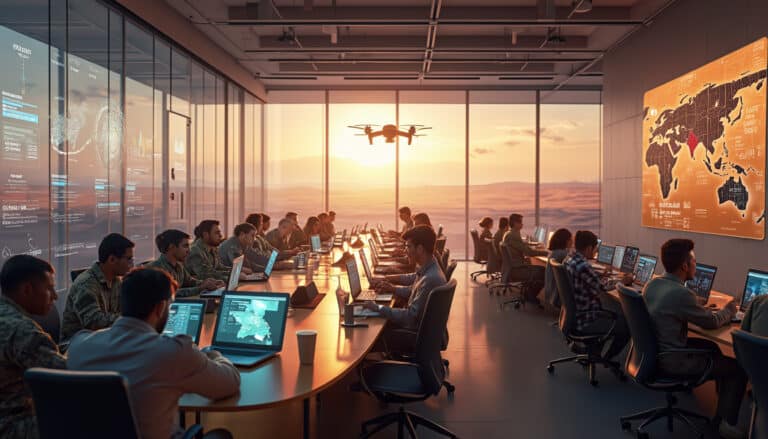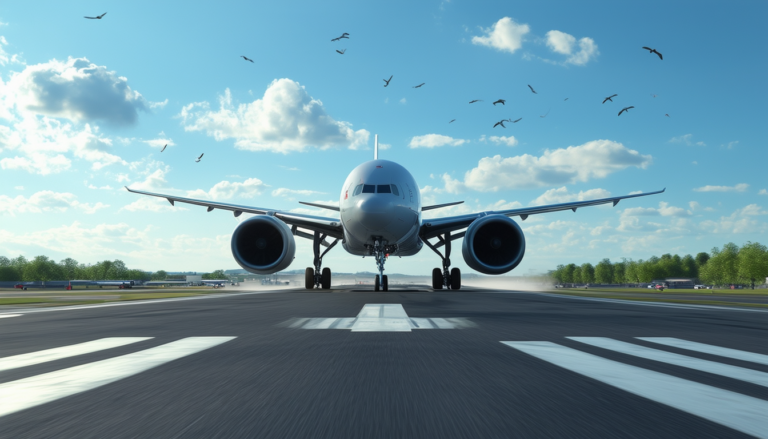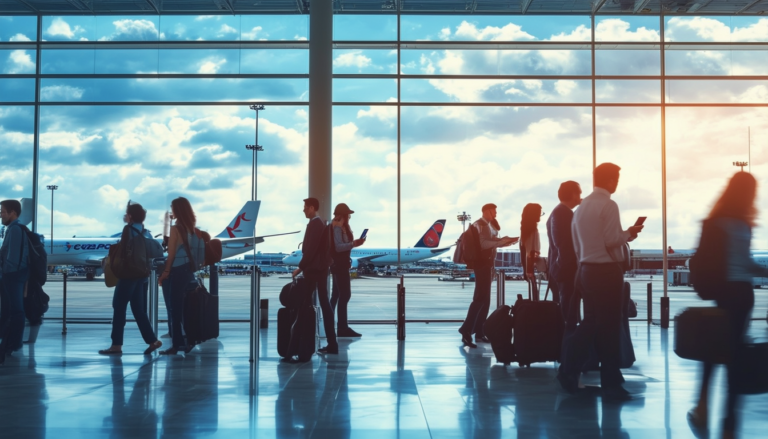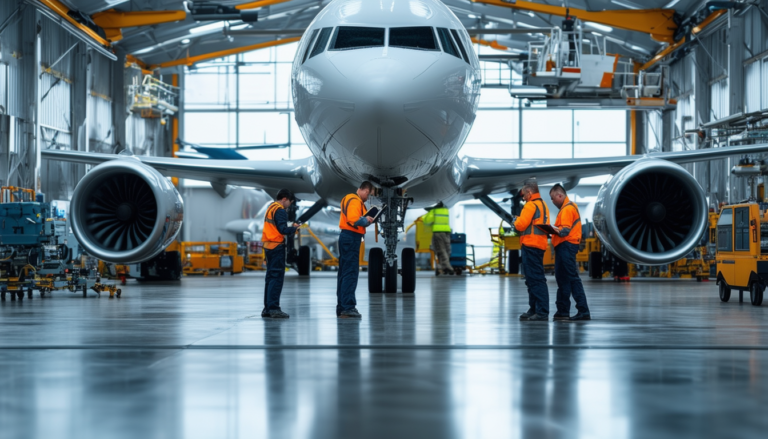The digital revolution affects all sectors, but the aeronautics industry stands out for its particularities and critical issues. As advanced technologies transform our modes of transportation, with aircraft increasingly connected, the question of cybersecurity becomes a major challenge to overcome. Ensuring that IT systems and associated networks are protected against malicious attacks is not a mere formality, but a strategic necessity. The responsibilities of aeronautics players are expanding, integrating not only the protection of sensitive data, but also the security of entire aviation operations.
With the growing threat of cyberattacks targeting this sector considered important geostrategic, it is essential to regularly evaluate the risks associated with these systems. The issues of the cyber resilience then take on a new dimension, implying the implementation of effective solutions to anticipate and counter these threats. This complex panorama calls for continuous adaptation of security strategies, in order to guarantee the integrity and trust of users in air transport.
In a world where connectivity has become omnipresent, the aeronautics sector finds itself on the front line of cybersecurity challenges. With the integration of digital systems in modern aircraft and airport infrastructures, vulnerability to cyberattacks is a worrying reality that deserves to be examined in depth. This article looks at the major challenges of cybersecurity in aeronautics and proposes practical solutions to strengthen cyber resilience of the industry.
Table des matières
ToggleThe challenges of cybersecurity in aeronautics
The aeronautics sector is sensitive by nature, as it involves millions of passengers and thousands of flights every day. Incidents related to the cybersecurity can have catastrophic consequences, ranging from disruption of flight operations to massive data breaches. Due to this sensitivity, it becomes imperative to assess the risks associated with information and communication systems.
The rapid evolution of digital technologies contributes to creating vulnerabilities in aviation systems. THE communication networks between aircraft, airports, and air traffic management systems are becoming increasingly integrated, exposing the industry to an ever-changing set of threats. Malicious actors are exploiting vulnerabilities to infiltrate networks and compromise critical data related to flight safety. Therefore, the industry must be proactive in identifying and assessing vulnerabilities encountered.
At the same time, the geostrategic nature of aeronautics attracts the attention of state and non-state actors, which increases the importance of cyber defense. Cybercriminals’ motivations can vary, from simple vandalism to darker intentions such as industrial espionage. Faced with this threat, effective network protection strategies must be developed.
Strategies and solutions to strengthen aviation cybersecurity
To face the growing challenges of cybersecurity, companies in the aeronautics sector must implement robust strategies adapted to their specific environment. First of all, it is crucial to carry out a risk assessment regular. This approach makes it possible to identify the weak points of the systems in place and to propose suitable solutions. Systems should be regularly updated to close security gaps.
Furthermore, establish a series of security protocols Rigorous security is essential to protect networks against intrusion. This includes implementing measures such as the use of advanced firewalls, encryption of sensitive data, and leveraging proven security solutions for identity and access management. By integrating technologies like artificial intelligence and machine learning, organizations can improve their ability to detect anomalies and prevent attacks before they cause damage.
Furthermore, the staff awareness Cybersecurity is a fundamental aspect of defense strategy. Employees should be educated on the risks of cyberattacks, which includes ongoing training on best practices and recognizing potential threats such as phishing. A corporate culture focused on cybersecurity can strengthen individual and collective vigilance.
Innovations and future prospects
Innovation is a key driver for anticipating and solving cybersecurity challenges in the aviation sector. Adopting emerging technologies can offer innovative solutions to protect infrastructure. For example, the use of blockchain to secure transactions and ensure data integrity is a promising avenue. This decentralized technology can reduce the risk of critical information being tampered with, making systems more resilient to attacks.
Likewise, the application of systems of intrusion detection based on artificial intelligence makes it possible to analyze user behavior and detect anomalies in real time. This proactive approach facilitates a rapid response to potential threats before they develop into major crises.
Finally, collaboration between different industry players, including governments, businesses and researchers, is crucial to creating an effective cybersecurity framework. Initiatives such as sharing threat intelligence can help organizations better understand attack vectors and develop coordinated responses to cybercriminals.
By integrating these elements, civil aviation can not only protect itself from current threats, but also prepare for future cybersecurity challenges.
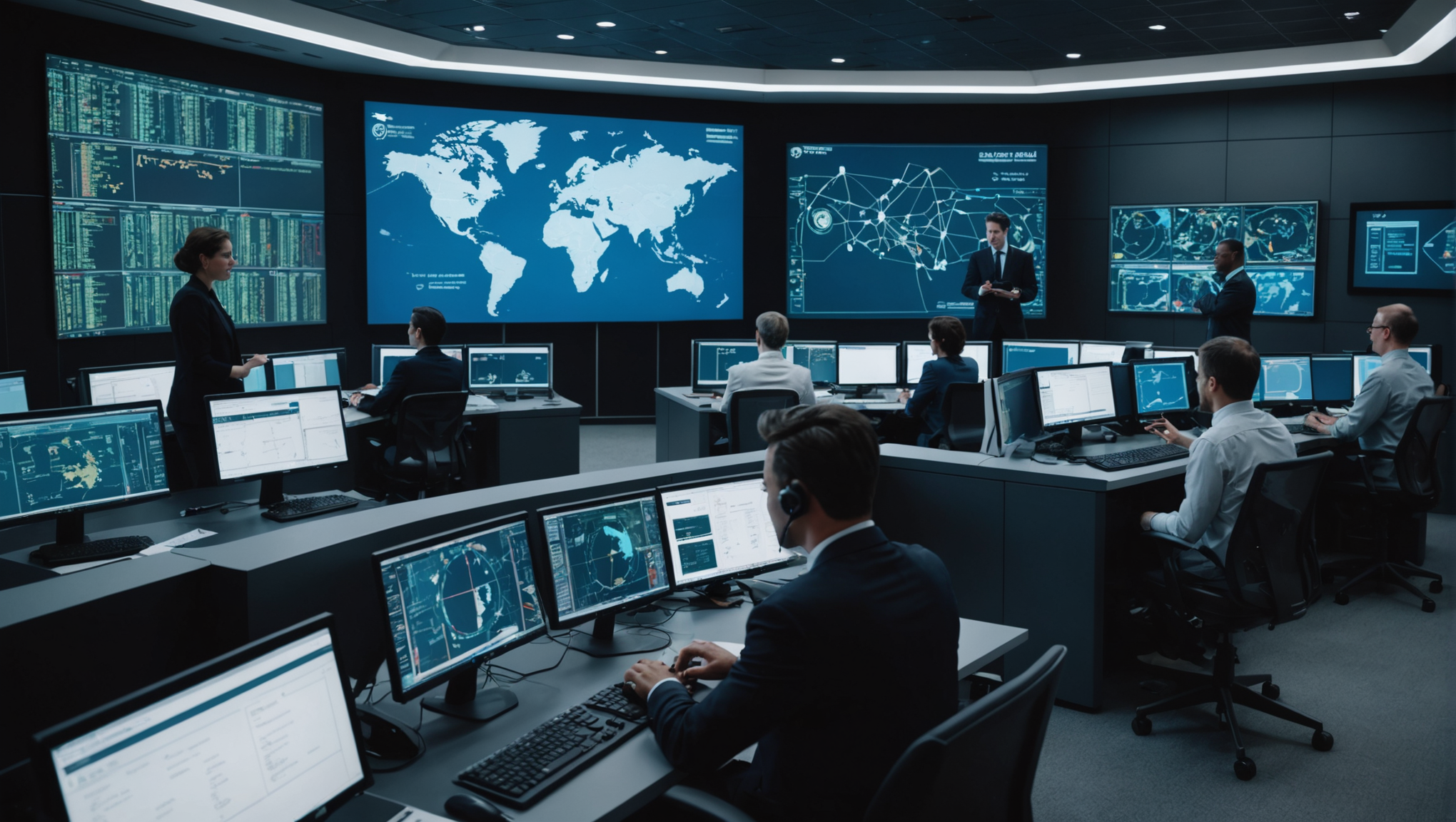
#Paris2024 | 🇫🇷 Cheffe de file du volet #cybersécurité dans la préparation et la conduite des Jeux de Paris 2024, l'ANSSI a mis en place un dispositif exceptionnel pour contrer toute menace cyber.
— ANSSI (@ANSSI_FR) September 10, 2024
Découvrez le #bilan cyber des Jeux de Paris 2024 :
🔗 https://t.co/jxDbCMZmzT pic.twitter.com/0aeT3Zfz3t
Aviation cybersecurity FAQ: issues and solutions
What are the challenges of cybersecurity in the aeronautics sector? The increasingly connected aeronautics sector faces growing cyber threats. Challenges include protecting IT systems, securing sensitive data and ensuring the continuity of flight operations.
What types of cyberattacks can affect the aviation industry? Cyberattacks can manifest themselves in different forms, including denial of service attacks, intrusions into aircraft control systems, and manipulation or theft of critical data.
How to assess aeronautical cybersecurity risks? Regular risk assessment involves identifying and analyzing vulnerabilities in associated systems and networks, as well as continuously updating security protocols.
What solutions are proposed to strengthen aviation cybersecurity? Several solutions are being considered, including the implementation of advanced protection technologies, training personnel, and establishing collaborations between various industry players to exchange information on potential threats.
What is proactive cybersecurity in aviation? Proactive cybersecurity in aviation involves anticipating threats by monitoring systems in real time, performing regular penetration tests, and continually improving security measures in place.
What is the potential impact of cyberattacks on aviation operations? Cyberattacks can lead to major disruptions to aviation activities, breaches of sensitive data, and a loss of customer confidence in airlines and air transport systems.
Why is collaboration essential in aviation cybersecurity? Collaboration helps share best practices, identify emerging threats more quickly, and improve collective resilience to cyber incidents.
What trends are emerging in aviation cybersecurity? Trends include the increased use of artificial intelligence for threat detection, the development of industry-specific security standards, and the integration of cybersecurity solutions into the design of aviation systems.


















